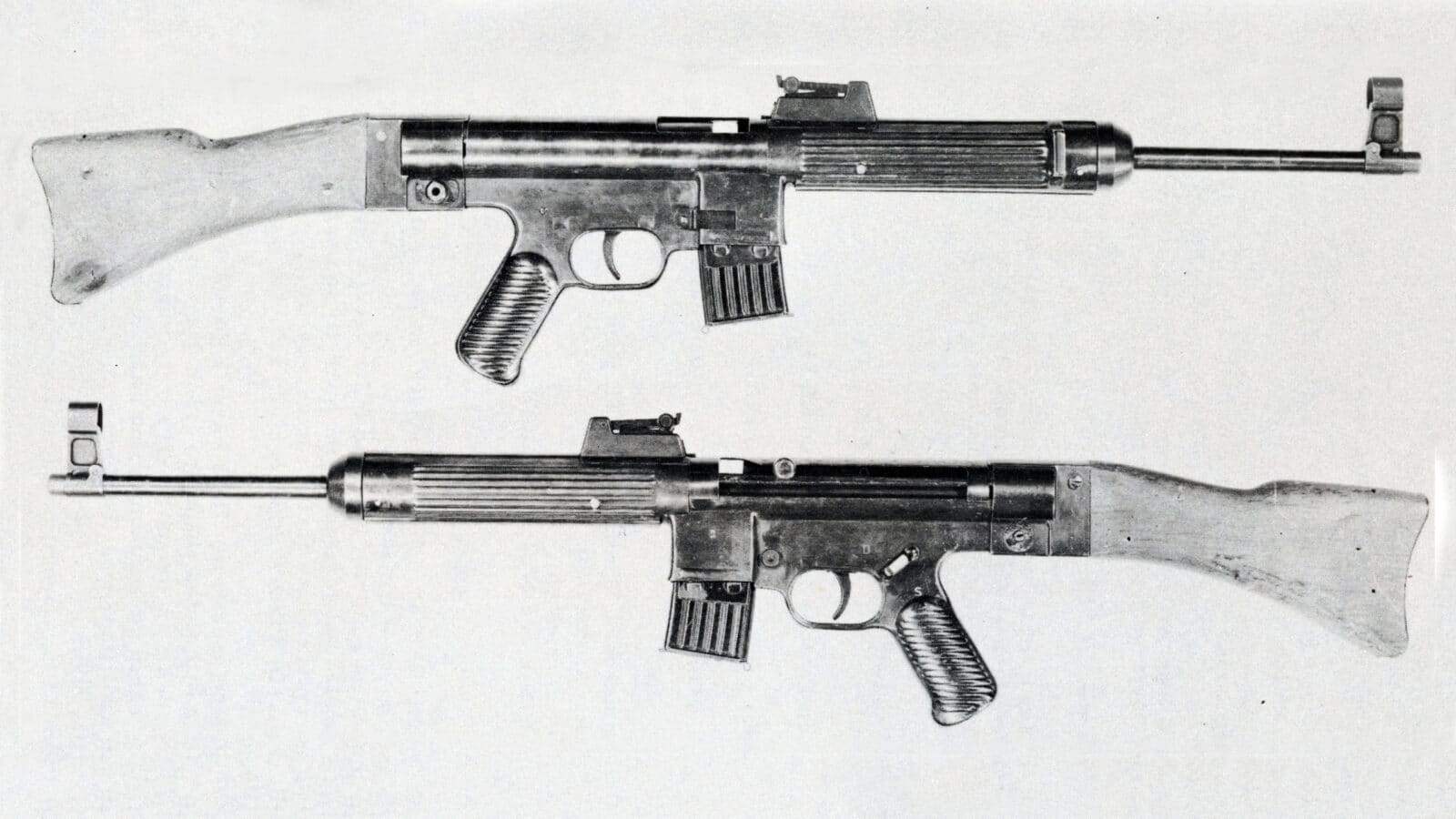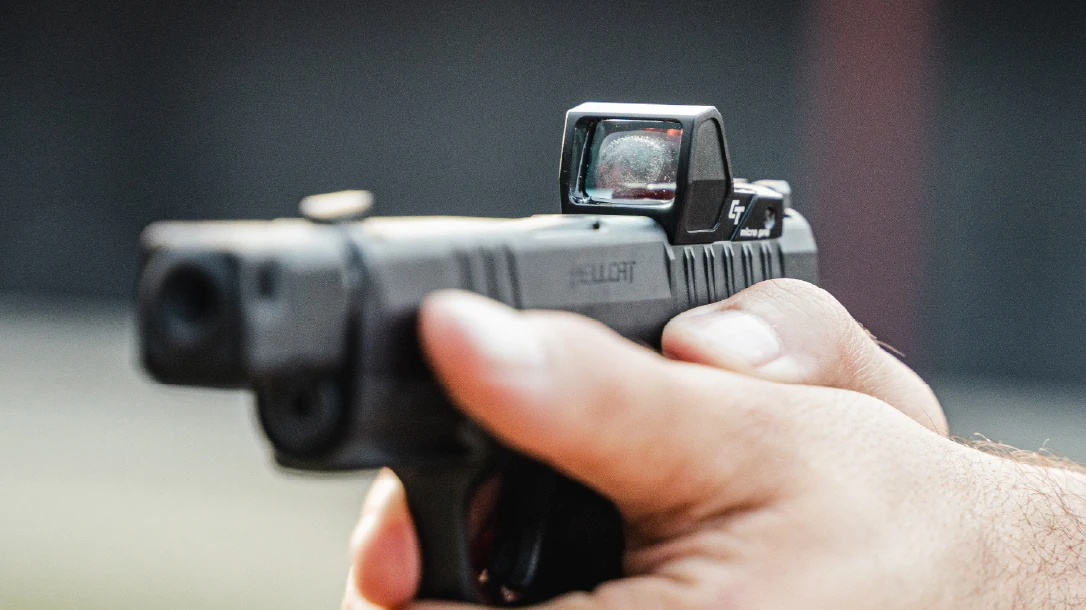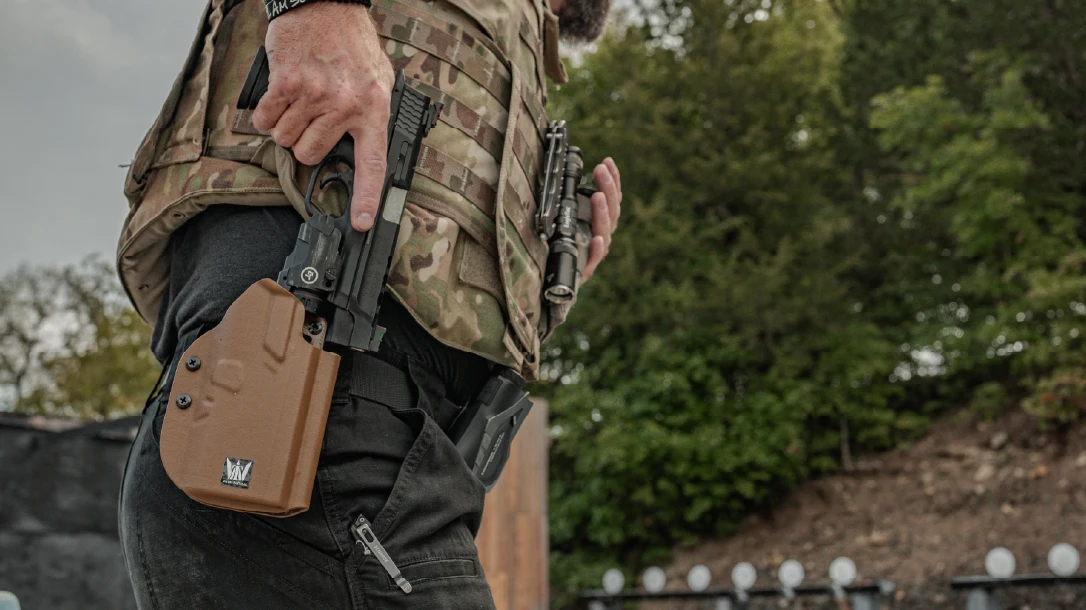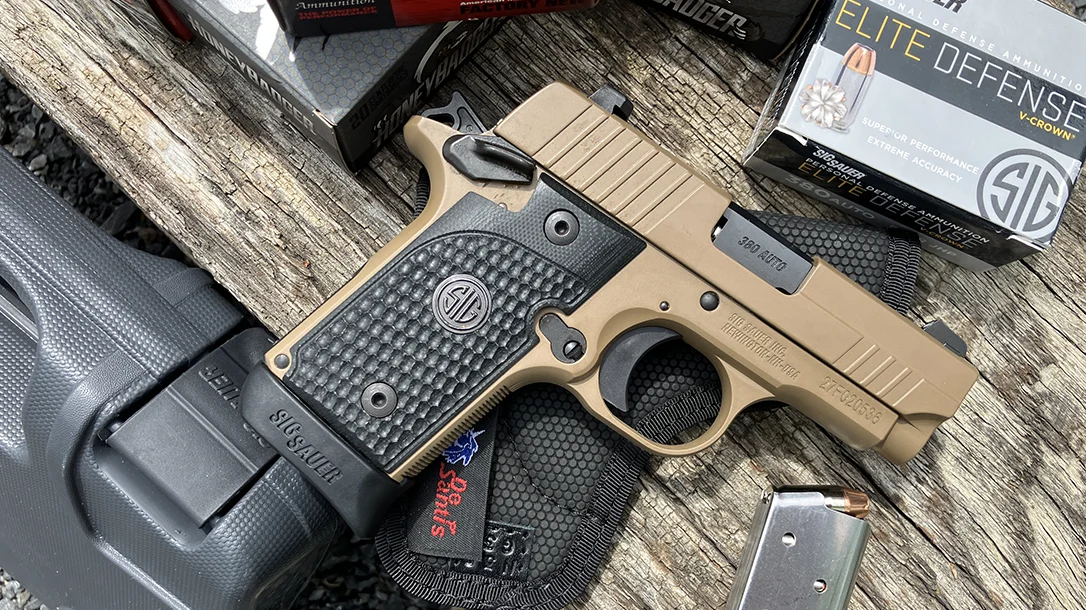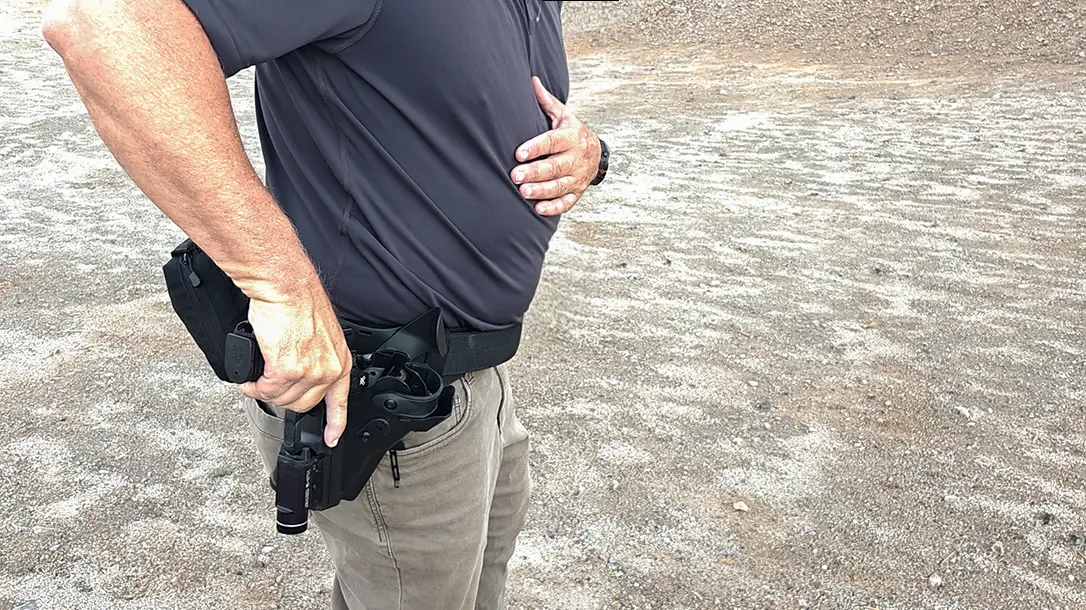Important Lessons For Counter Snipers

I was invited to the Arkansas Tactical Officers Association and participated in a counter sniper course instructed by Zero Theory. The course was a law enforcement only class conducted at Camp Robinson, Arkansas. Camp Robinson is the home of the National Guard sniper school and has large number of excellent ranges that ATOA used for the course.
The 2-day class was one of many offered during the ATOA annual conference. The courses hosted by ATOA covered a variety of topics including breaching, CQB shooting, interior movement, and pistol red dot transition classes in addition to the counter sniper course. The Zero Theory instructors have a mixture of special operations backgrounds, both military and law enforcement, and extensive operational experience. Previous real world application added a depth of knowledge to the course.
Zero Theory Students
The 17 students attending the course had a varied amount of experience from new shooters to 15 years of sniper experience. All of the attendees were current SWAT team members from agencies across the state. The motivation and professionalism of the students was very obvious. The ATOA board members were extremely helpful and professional and coordinated all of the facilities utilized in the class. These two factors made the course run extremely smooth and allowed the instructors to focus on presenting the information and covering all of the scheduled material.
Advertisement — Continue Reading Below
The course started with a classroom overview of counter sniper considerations and operational planning. The counter sniper presentation consisted of classifications of snipers, sniper tactics, common terror organization sniper tactics, and counter sniper operational planning.
The following class focused on target detection. This presentation discussed identifying target indicators, scanning techniques, and intelligence gathering. After the classroom portion was completed, we moved to the range.
Advertisement — Continue Reading Below
On The Range
The range instruction commenced with the most important aspect in long range shooting, refinement of fundamentals. While working through fundamental drills, the students confirmed or gathered data from 100-600 yards. This also gave some of the newer shooters in the class an opportunity to tweak their weapon set ups.
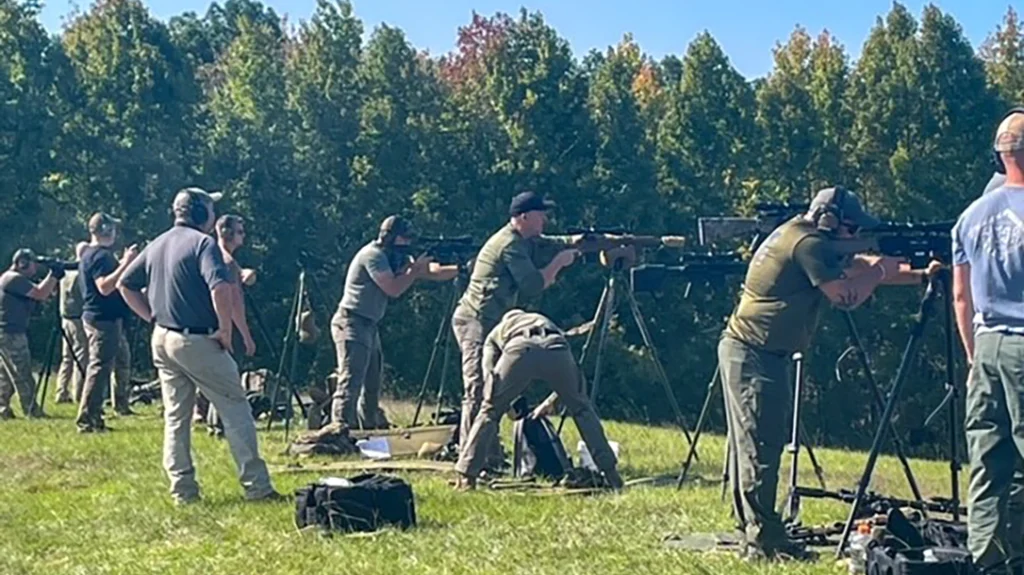
The second block focused on tripod shooting. There was a discussion on the types and construction of different tripods along with the different mounting systems for the weapon. The mounting systems discussed were the Arca mounts, Hog Saddles, and shooting bags. Following this we covered techniques for optimizing performance while shooting from a tripod, along with using the tripod for rear support while shooting from a barricade. The instructors showed multiple ways of stabilizing the weapon by tweaking body positions. By the end of the day, students were able to accurately engage targets out to 600 yards from their tripods.
Advertisement — Continue Reading Below
Zero Theory Day 2
Day two started back in the classroom where the instruction was focused on hide sites. The first part of the class focused on field hides. This included both common military and law enforcement field hides and when each type was applicable. The second presentation covered urban hides. Multiple types of hides were discussed and operational examples were given with each type of hide. The third type of hide covered was vehicle hides. The class was given an overview of types of vehicle hides and then shown a detailed presentation of a complex vehicle hide built by one of the Zero Theory staff while he was a member of a federal agency SWAT team.
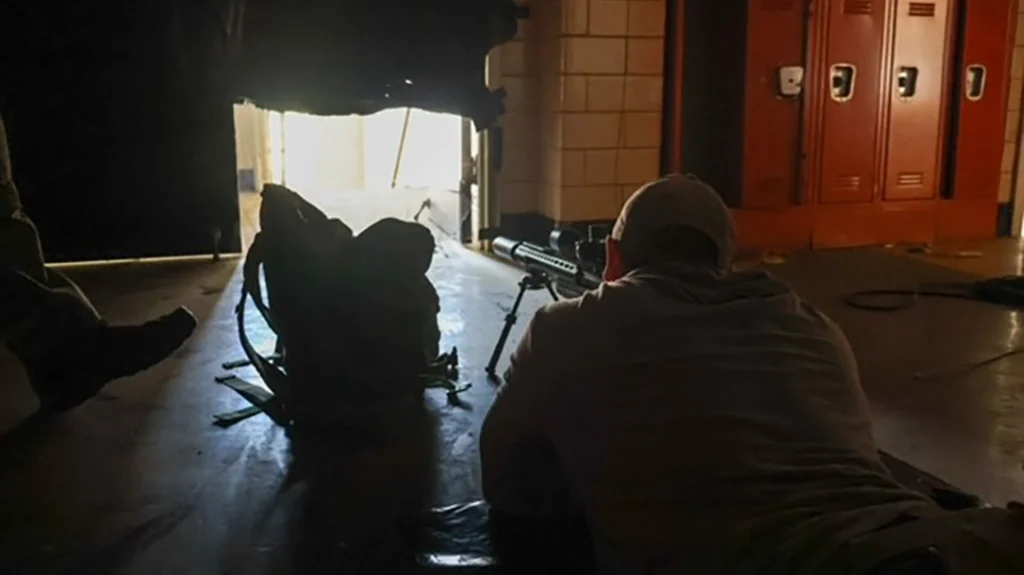
The second part of day two was hide site practical application. The class was taken to an abandoned school in North Little Rock to practice setting up hide sites. The instructors set up an urban hide site and walked the students through the concealment concepts used to create the hide. The students then broke into teams and constructed their own hides. The instructors walked around and answered questions about hide construction then critiqued the hides the students made. The students then moved outside and saw their hide sites from the outside, attempting to locate target indicators that would compromise the hide.
Advertisement — Continue Reading Below
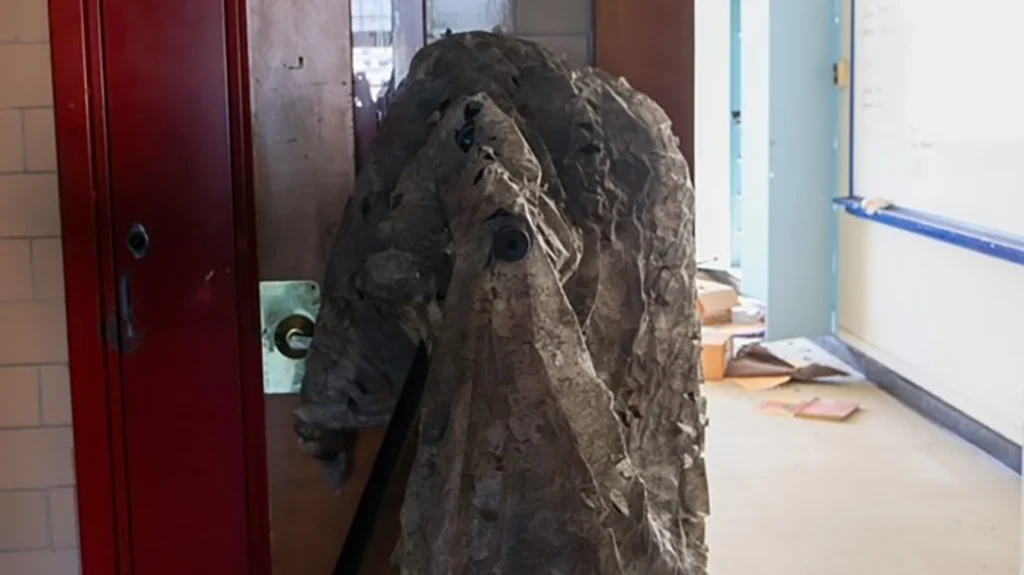
The day ended with a target detection drill. This drill focuses on recognizing target indicators and evaluates scanning techniques. The students were then shown how to construct a target detection drill so they can go back to their agencies and conduct the same exercise.
Integration Of Techniques
The integration of surveillance techniques and tactics taken from the military and adapted to a law enforcement setting was new information to most attendees. Counter sniper operations are complex and a worst case scenario for law enforcement. Any advantage that can be obtained while training for this threat can be invaluable for the officers and the citizens they protect.
Advertisement — Continue Reading Below


